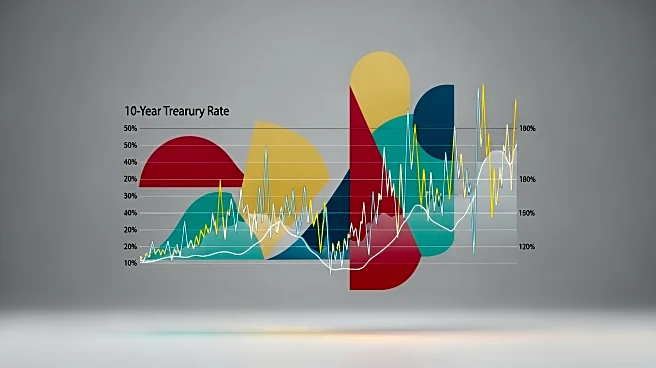What's Happening?
Bank debt is a long-term liability that businesses incur by borrowing money from banks. It is used to finance long-term assets like land, buildings, and equipment, or to add cash to working capital for
short-term expenses. Bank debt appears under liabilities on the balance sheet and is payable beyond 12 months, often requiring payments over several years.
Why It's Important?
Bank debt is a critical component of business financing, enabling companies to invest in essential assets and maintain operations. It impacts a company's financial health and creditworthiness, influencing its ability to secure future financing. Understanding bank debt is vital for effective financial planning and management.
What's Next?
Businesses must manage bank debt carefully to maintain a healthy balance sheet and ensure sustainable growth. Monitoring financial ratios and exploring refinancing options can optimize debt management and reduce borrowing costs.
Beyond the Headlines
The strategic use of bank debt raises questions about corporate governance and financial ethics. Companies must ensure responsible borrowing practices to protect stakeholders and maintain market confidence.











